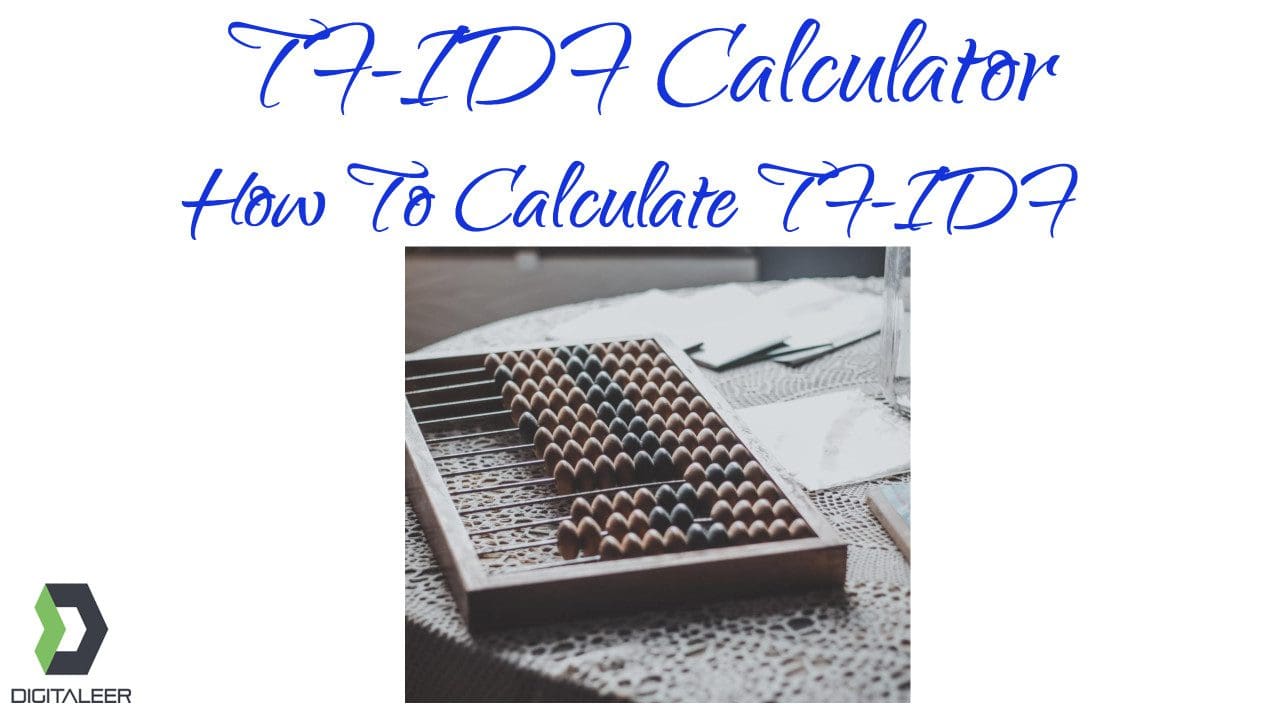TF-IDF
TF-IDF Calculator
,TF-IDF Calculator stands for term frequency-inverse document frequency and it is a measure,used in the fields of information retrieval (IR) and machine learning,that can quantify the importance or relevance of string representations (words,phrases,lemmas,etc) in a document amongst a collection of documents (also known as a corpus).As you can see, the TF-IDF can be an extremely helpful metric to gauge the importance of a word in the document. But how is TF-IDF used? There are three main uses for TF-IDF. These are in machine learning,information retrieval,and text summarization/keyword extraction. ,
,
Understanding Calculation of TF-IDF by Example
,TF-IDF (term frequency-inverse document frequency) is a statistical measure that evaluates how relevant a word is to a document in a collection of documents. It plays an important role in information retrieval and text mining. A survey conducted in 2015 shows that 83% of text-based recommender systems in digital libraries use TF–IDF.,Step 1: Prepare two documents,Step 2: Calculate Term FrequencyTerm Frequency is the number of times that term appears in a document. For example,the term brown appears one time in the first document,so its term frequency is 1. Likewise,the term frequency of quick is zero.,Step 3: Calculate Inverse Document FrequencyAccording to IDF calculation in the above formula picture,all related metrics are shown in the below table.,Step 4: Calculate TF × IDFTF-IDF is easy to calculate by multiplying the relative columns in the above two tables in step 2 & step 3.,
Pros of using TF-IDF
,The main advantages of TF-IDF come from how simple and easy to use it is. It is simple to calculate, inexpensive computationally,and a good base for calculating similarity (via vectorization TF–IDF and coline similarity).,
Cons of using TF-IDF
,The thing to take note of is that TFIDF is unable to help in determining semantic significance. It is able to assess the importance of words but is unable to identify the contexts for the words,or even comprehend their significance.
Like BoW,TFIDF, as BoW doesn’t consider word order, which means compound nouns like “Queens of England” aren’t considered to be “single units”. This applies to situations like negation with “not paying” in contrast to. “pay the bill” and in cases where the word order could make a huge difference. In both instances,using NER tools and underscores “queen_of_england” or “not_pay” are ways to treat the phrase as a single unit.
Another drawback is that it can suffer from memory-inefficiency,since TF-IDF could be plagued by the dimensionality. It is important to remember that the size of the TF-IDF vectors is equal to the size of the vocabulary. In certain contexts of classification, this could not be an issue however in other situations,such as clustering, it can become difficult because the number of documents is increased. Thus looking into one or more of the above-mentioned alternatives (BERT Word2Vec) might be necessary.,
Importance of TF IDF
,Using the TF*IDF formula you can compare the content of your site with the best page rankings for a particular keyword. This comparison can help you find opportunities to optimize your website’s content. It is possible using the TF*IDF tool. To achieve a good ratio, tools from TF*IDF can identify which terms are more or in less of a text. Additionally”proof keywords” or “proof keywords” can be used to highlight the significance of your content for a specific search phrase. These are phrases which are semantically similar to the considered search term and proof that your text has to do with that particular topic. Documents that surpass the average weighting for a particular term are often classified as spam. Reduced frequency of terms helps to avoid such confusion., Additionally,tools from TF*IDF can serve as inspiration when searching for specific sub-topics which should be addressed in a piece of text about a specific search term.,
Disadvantages of TF IDF
,The formula is not without its flaws,despite the importance of TF*IDF in content optimization. The TF*IDF comparator is ideal for content that is displayed as results of searches of “Information” in Google. Optimization based on the TF*IDF is not applicable for other types of content,such as online product descriptions. Another issue is that TF*IDF programs need to understand or estimate the total number of documents to provide relevant results. In addition,other aspects, such as synonyms or the distribution of terms in a text and are essential for categorizing of texts, are not considered in the formula for TF*IDF.
Despite the many advantages of the TF*IDF formula,it is essential to remember that this is only one aspect of optimization on the web. The formula isn’t an all-encompassing solution for your site and it isn’t able to make up for a poor backlink profile,etc.,
TF IDF FAQs
,
What Is TF IDF Used For?
,
,
,
How Does TF IDF Work?
,
,
,
Does Google Use TF IDF?
,
,
,
What Is TF IDF in SEO?
,
,
,
What is a TF IDF Tool?
,
,
,
